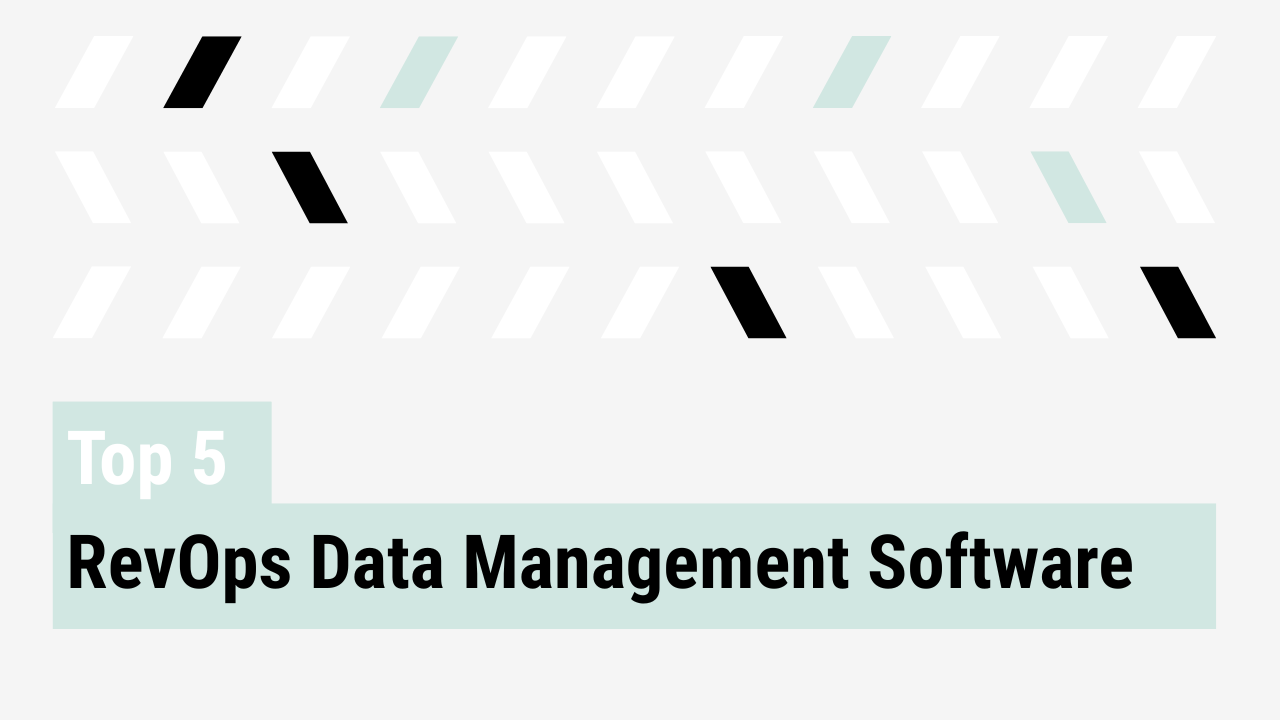If you lead RevOps, there’s one simple way to show your team is operating at a strategic level: set quarterly OKRs.
Done well, OKRs make your priorities visible. They tie your work to business impact. They give you a clear answer when an exec asks, “What’s RevOps focused on right now?”
Here’s a step-by-step framework for setting RevOps OKRs that align with GTM priorities, drive meaningful outcomes, and reinforce your credibility as a strategic operator.
Why OKRs are a credibility tool for RevOps
RevOps sits at the intersection of GTM execution and executive alignment. Without clearly defined goals, it’s easy to default to reactive mode, fixing systems, fielding requests, and running point on a dozen unrelated tasks.
OKRs give you leverage.
They help your team:
- Stay aligned with business objectives
- Focus on outcomes instead of outputs
- Avoid distractions and misprioritization
- Earn trust across GTM and leadership
OKRs measure performance. But, even more, they show that RevOps is thinking and operating at the same level as the rest of the leadership team.
The RevOps OKR planning playbook
Here’s how to build and run your OKR process:
1. Start with the GTM plan
Look at what the business is trying to achieve this quarter. Are we expanding into new segments? Prioritizing renewals? Upleveling pipeline quality?
Talk to sales, marketing, CS, and product. Review pacing and funnel performance. Your OKRs should reflect the highest-leverage priorities for the GTM engine.
2. Define outcomes, not activities
Avoid setting OKRs like “fix Salesforce workflows” or “create dashboards.” Instead, define the outcomes those tasks support: faster onboarding, improved accuracy, better conversion.
OKRs should describe the result, not the method.
3. Set 1–3 objectives max
Each objective should support a company or departmental priority. Keep them clear and directional. They should be focused enough to guide action, but broad enough to stay flexible.
4. Draft 2–4 measurable key results per objective
Key results are how you’ll measure progress. Make them quantitative, outcome-focused, and time-bound. Examples:
- “Reduce sales cycle from 42 to 35 days”
- “Improve lead routing accuracy from 78% to 95%”
- “Increase SDR-to-AE meeting conversion from 17% to 25%”
5. Pressure-test with stakeholders
Share your draft OKRs with sales, marketing, CS, finance, and your executive sponsor. You’ll strengthen alignment and identify gaps early.
This is also how you reinforce RevOps as a strategic partner.
6. Operationalize your check-ins
Set up a weekly or biweekly cadence to review OKRs, track confidence levels, and unblock progress. This keeps your team accountable and your priorities visible.
Sample RevOps OKRs
1. Objective: Improve forecast accuracy
- KR1: Reduce deal slippage from 17% to 12%
- KR2: Increase pipeline entry compliance to 90%
- KR3: Implement pipeline change alerts across all regions
2. Objective: Increase top-of-funnel conversion
- KR1: Improve lead enrichment coverage from 60% to 85%
- KR2: Increase MQL-to-SQL conversion from 25% to 35%
- KR3: Launch biweekly lead quality reviews between SDR and marketing
3. Objective: Speed up GTM onboarding
- KR1: Reduce CRM provisioning time from 4 days to 1 day
- KR2: Publish role-specific dashboards for all new GTM hires
- KR3: Reach 100% system adoption by week 3
Common mistakes to avoid
- Setting task-based OKRs — Avoid using OKRs as a project tracker.
- Overcommitting — Limit to 1–3 objectives. Prioritize what matters.
- Lack of visibility — Share OKRs across GTM. Don’t let them live in a silo.
Final takeaway
Learning how to set quarterly OKRs for your RevOps team is one of the simplest ways to elevate RevOps. They give your team focus. They help you align with leadership. And they show that you’re operating with intention.
A busy RevOps team might be efficient. A focused one is trusted.



